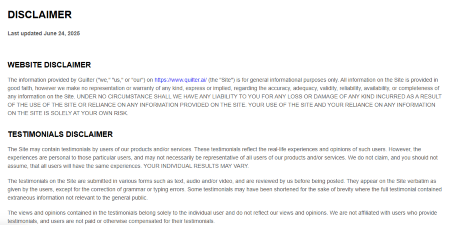Design for Quality: Dr. Lucas Fraile’s Insights
Why the best engineers treat hardware like a living system and the leadership lessons that follow
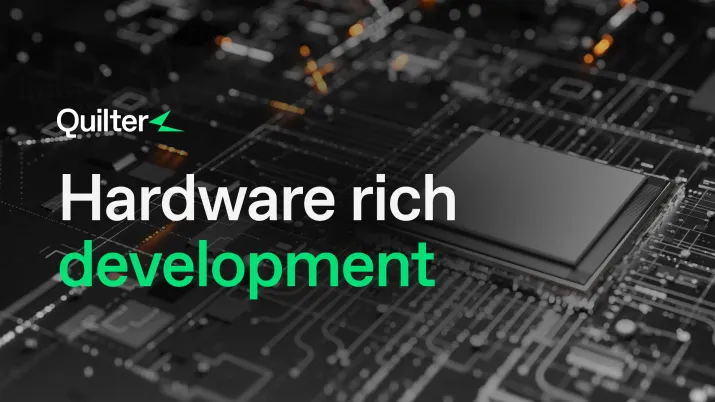
Engineering as a Living Practice
To engineer is to dream with constraints. It is the act of building something real measurable, material while still chasing elegance, efficiency, and impact. For some, engineering is a job. For others like Dr. Lucas Fraile, Senior Powertrain Engineer at Tesla, it’s a craft.
In an industry steeped in tradition and processes that stretch across decades, Dr. Fraile’s approach feels radical. He doesn’t treat hardware as a finished thing. He treats it as a living system that learns, responds, and evolves.
This conversation explores Dr. Fraile’s agile mindset to reveal what it means to build boldly in the physical world.
Hardware That Thinks Fast
Hardware teams have long been trapped in rigid processes slow cycles, long validation phases, and feedback loops that take months or years. In aerospace and rail, lessons learned on one product might not apply until the next generation years later. That’s not good enough anymore.
Most recently in Dr. Fraile’s career, at Tesla, he has seen a different model: speed, learning, and iteration at the pace of software. The company’s over-the-air (OTA) updates create a feedback loop that is nothing short of game-changing.
“We can deploy something on Monday and by Wednesday we already have reports from all around the world.” - Dr. Lucas Fraile
This has been a revolution in how hardware is experienced and developed. Traditionally, engineers had to wait entire product cycles to see results. Mistakes were buried in manufacturing timelines. Updates came years later.
Now, with over-the-air updates and global fleet monitoring, hardware has entered a feedback-rich, software-paced loop. The loop is no longer closed. The product talks back.
Why does this matter? Because engineers are no longer designing in a vacuum. They're responding in near-real-time to performance, to customer behavior, to new failures. Engineering has always craved this kind of responsiveness but only now is it truly possible.
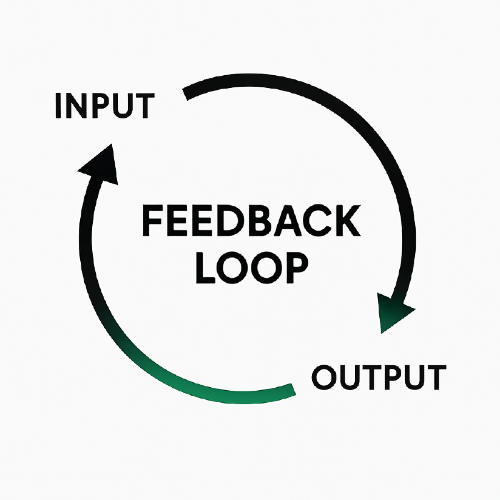
Making the Invisible Visible
“The task that blocks the most people downstream is often not what any one person thinks is most important. Making that visible is a leadership challenge and a major opportunity.” - Dr. Lucas Fraile
Cross-functional misalignment is the silent killer of progress. Electrical, mechanical, and software teams may share a deadline but often, they do not share visibility. What Dr. Fraile describes here is the engineering equivalent of clearing fog from a windshield.
This is the work of leadership: creating shared clarity. Clarity becomes both process and power; the difference between being busy and being effective. This is reflective of Quilter CEO Sergiy Nesterenko’s notes:
“Take apart a product, and you see the org chart. The separations in hardware mirror the boundaries between teams.” - Sergiy Nesterenko
Nesterenko’s point is a chilling truth: the physical boundaries in a product reflect the silos in the organization. That’s why Dr. Fraile’s efforts to build culture, communication, and mutual awareness are so impactful: they change the outcome, not just the timeline.
Redefining MVP: From Product to Learning Engine
Most people think MVP means “first version.” But for Dr. Fraile, it means first agreement. The first moment where all stakeholders align around the purpose, potential, and risks of a concept.
“The MVP is the first time where I can get all the parties involved or affected to agree that this is worth investing engineering time into.” - Dr. Lucas Fraile
That shift from “first product” to “first convergence” is huge. It reframes MVP as a tool for alignment and discovery, not just market entry. The impact is profound: you save time not by doing less, but by investing smarter.
This is the engineer as conductor: perceptive, attuned, and in rhythm.
The Trap of Inherited Thinking
Dr. Fraile warns of a creeping danger in hardware: design by autopilot. When past work becomes scripture rather than context, innovation stagnates. Too often, engineers are instructed to “trust the spreadsheet” without understanding the why beneath the numbers.
“But there's a legacy type of engineering that is pretty common in big, old companies that have been doing the same for a long time. It's more - some people call it Excel based engineering.
And I have people, I know people, that have come from companies like that where their design process just involves: you go to this Excel table that someone built maybe 10 years ago, maybe 20 years ago, and you put in your numbers and you get the numbers out and that's what they are going to build because it satisfies all the constraints.
But when you try to dig deeper, they might not even be familiar with what the equations are or the physical principles behind the computations being done there. It's just a trust on ‘this is how it's been done for so long. So we're just going to keep doing it because it works’ and it does work. It's cheap and it's fast to do that. But you're going to be stuck with the same design that you had 30 years ago.” - Dr. Lucas Fraile
This isn’t just about risk aversion. It’s about losing fluency with the first principles that should guide every real engineer.
The lesson here is fundamental: don’t inherit decisions you no longer understand. Dr. Fraile and Nesterenko both advocate for going back to physics, to fundamentals, to reasoning that can survive scrutiny. That’s how you break through not just technological limits but mental ones.
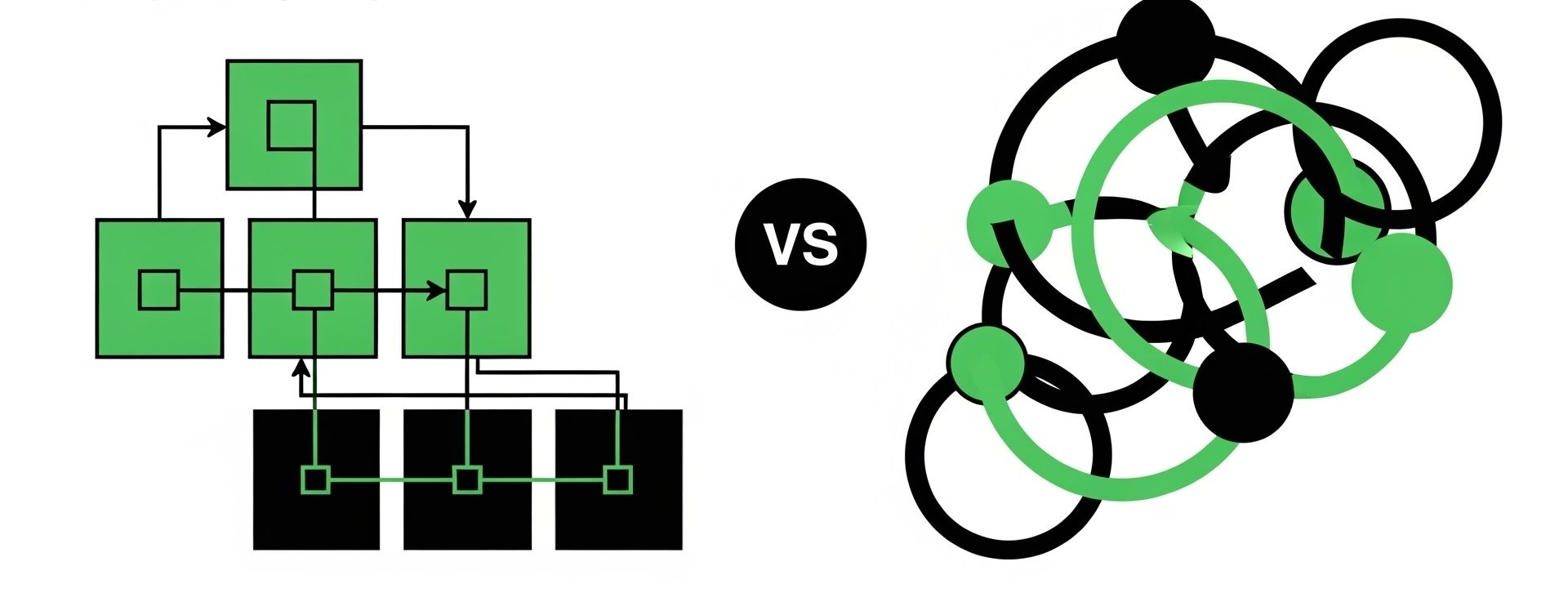
Cost Isn’t a Number. It’s a Judgment Call.
“In regulatory settings, cost is time. In mass production, cost is unit margin. In performance-focused markets, cost is user experience.” - Dr. Lucas Fraile
This might be the most useful redefinition of “cost” in engineering leadership. Instead of a single metric, Dr. Fraile teaches us that cost is contextual. What matters most varies wildly depending on whether you're shipping 10 units or 10 million, whether you're racing the regulator or the competitor.
“Five software engineers might cost me a million dollars a year, but I only need to do it once. If it saves me $10 million per year in manufacturing, that’s a no-brainer.” - Dr. Lucas Fraile
Cost isn’t about cutting corners. It’s about optimizing tradeoffs and spending wisely. That’s what turns engineers into strategic thinkers.
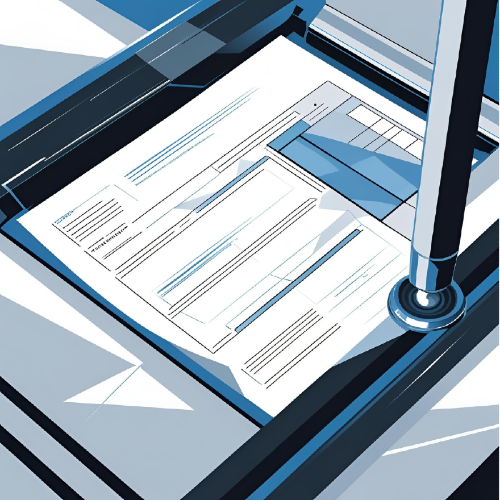
The Flow State vs. The Right Thing
I enjoyed talking with Dr. Fraile about his desire for iteration, that core guiding light of creativity, and the oftentimes competing need for product deadlines.
“Sometimes I’m in the flow and deeply into a design idea, but I need to step back and ask ‘Is this the right thing for the company right now?’” - Dr. Lucas Fraile
This quote captures the artist-engineer’s eternal dilemma: the joy of pure creative exploration versus the obligation to deliver value. The flow state is intoxicating. But unchecked, it can steer even brilliant people away from impact.
At the end of the day, deciphering how to channel creativity into impact is the judgment that delineates good engineers from great ones. It’s an acquired taste, an intuitive process which yields such great rewards.
And I use that word taste deliberately to speak to a cultivated sense of what matters, what’s ready, and what’s worth it. That’s what differentiates junior from senior, what separates the maker from the leader.

The Role of Tools: Multipliers of Momentum
Dr. Fraile doesn’t treat tools like shortcuts. He treats them like scaffolds structures that let engineers rise above their own inertia. Tools like GitHub Copilot or ChatGPT aren’t doing the work. They’re removing the friction that prevents the work from starting.
“Most people struggle with documentation. The struggle is the beginning: how do I get documentation started?” - Dr. Lucas Fraile
In a world where velocity and iteration matter, tools that lower the activation energy of creativity are priceless.
A Philosophy of Engineering
What I’ve learned from Dr. Fraile is that engineering, when done at its best, brushes right up against research. It becomes a kind of inquiry for a solution and for a better way to think.
And that is what agile hardware truly means. Not just faster cycles or better tools but a deeper intimacy between idea and reality. It’s engineering that learns. Engineering that listens. Engineering that lives.
Spotlighting
And what would any leader be without the venues and businesses around the world which give them the breaks they need? Dr. Fraile’s love for hardware isn’t confined to his job title. He lights up talking about Argentinian restaurants in LA and board game shops with adoptable kittens. From Argentina himself, he’s been living in LA for seven years. He made it his job to find the best Argentinian places to eat there and there's two that come out as strong winners. One is called Mercado Buenos Aires in Van Nuys and the other one is called Gran Casino in Culver City and they are the most authentic Argentinian food he has had outside of Argentina such that he wanted to shout them out to anyone who is looking for food to try.
Additionally, there’s a board game store that he really enjoys called Geeky Teas and Games in Burbank. It's a great place, he beams, they sell board games, they have space to play them, they sell teas, candles and they have a kitty sanctuary for kitty cats that need to be taken care of and adopted. These are systems too. All experiences designed with care, feedback, and delight.
This is the same spirit that drives great engineers: not just solving problems but designing experiences. Whether it’s a drivetrain or a dining table, the goal is the same: make it work, make it meaningful, and make it better.
